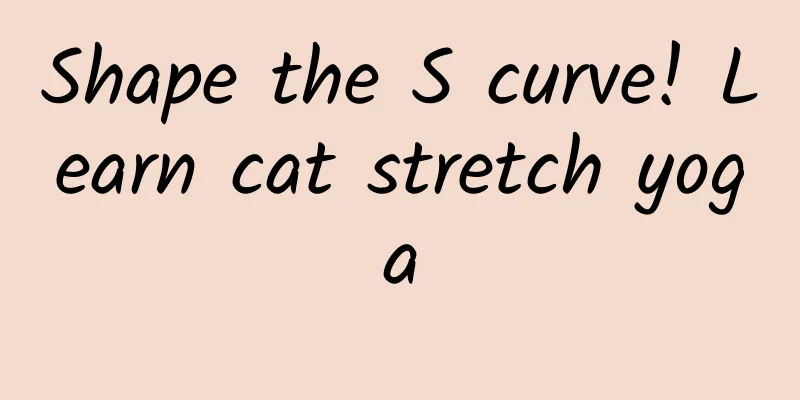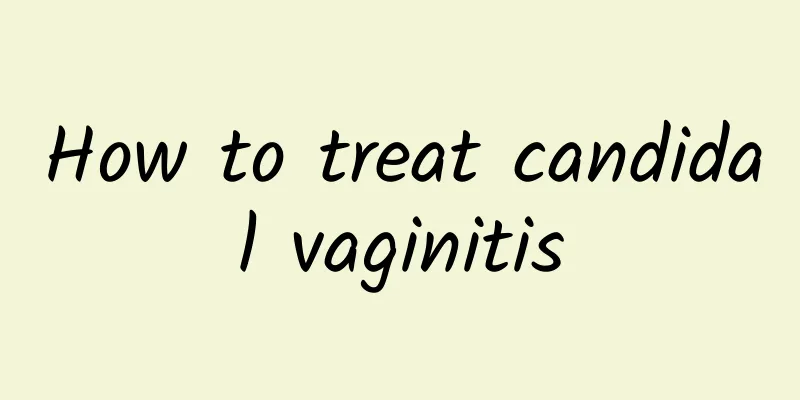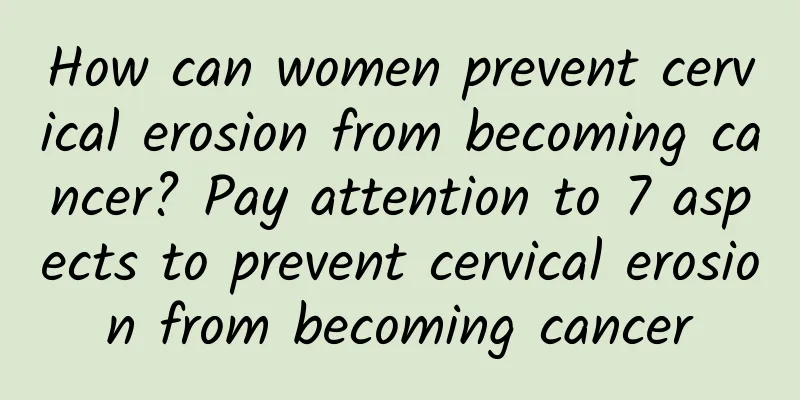Shape the S curve! Learn cat stretch yoga

|
Moderate yoga movements can not only exercise and stretch muscles throughout the body, but also help burn body fat, shape the body's curves, and make your figure more curvy. If you want to create a perfect S-curve, you might as well start by doing the following yoga movements regularly. Move 1/Cat Stretch The first move, cat stretch, can effectively stretch the back muscles. (Photo provided by 39 Health Network) Long cat stretch Kneel on your knees, stretch your arms forward on the ground, push your hands forward, lift your hips high, arch your back, keep your chest close to the ground, lift your chin, and feel your back muscles fully stretched and your spine extended segment by segment. Maintain this position for 3 to 5 breaths. The four-point cat stretch can fully mobilize the muscles of the back and abdomen. (Photo provided by 39 Health Network) Four-point cat stretch Place your knees and hands on the ground. When inhaling, arch your back so that your navel is as close to the ground as possible, forming a concave arc on your back. Lift your head and chin, and stretch the front of your neck as much as possible. As you exhale, arch your back and bring your chin toward your chest. Repeat this movement, alternating the concavity and convexity of the spine, and complete 3 to 5 breaths, fully mobilizing the muscles of the back and abdomen. Effect: Cat stretch can relax the entire back, especially the lower part of the spine, relieving back pain and fatigue. It makes the entire spine more aligned, improves blood flow to the spine and spinal nerves, strengthens, adjusts and stretches the back muscles, and enhances the flexibility of the spine. The second move is standing twist, which stretches the back muscles by twisting the back and spine. (Photo provided by 39 Health Network) Move 2: Standing Twist Stand with your legs about two steps apart, and as you inhale, raise your arms from your sides to parallel with your shoulders. When exhaling, twist your body naturally to the left and back with your arms, bend your left arm at the elbow and place it beside your right lower back, and bend your right arm at the elbow and place it on your left shoulder. Hold for 3 to 5 breaths, feeling the twisting of your entire back and spine, then switch directions and do the same movement. Effect: It helps to enhance the softness of the spine and lateral waist, strengthen the flexibility of the back and waist, regulate the spinal nervous system, and make the blood supply and flow smoother. The third move, standing forward bend can fully stretch the entire spine, making it more flexible, and at the same time help to wake up the brain and refresh the mind. (Photo provided by 39 Health Network) Step 3: Standing forward bend Put your legs together, put your body weight on the soles of your feet, take a deep breath, stretch your arms upwards, and extend your whole body upwards. When exhaling, bend forward, lean your body down, grab the back of your calves or ankles with your hands, push your head and chest toward your legs, slow down your breathing, and hold for 3-5 breaths until you feel a little tired. As you hold this position, you can feel your hips and back being pulled downward. If you feel that your ligaments are overloaded, you can bend your knees slightly. Effect: This movement can fully stretch the entire spine and make it more flexible. It can also refresh the brain, regulate the kidneys, and energize the entire nervous system. The fourth move, Cobra Pose, can make the back muscles stronger, enhance the flexibility of the spine, and promote blood circulation in the blood vessels around the spine. (Photo provided by 39 Health Network) Move 4: Cobra Lie on your stomach with your legs together, your abdomen and forehead on the ground, straighten your toes, and place your palms under your shoulders. While inhaling, slowly lift your chin, support the ground with your arms and move your upper body to lean back, keeping your abdomen and hips close to the ground and your head extended upward. Next, tighten your buttocks muscles to support your back, bend your arms slightly, and press your shoulders down. Hold for 3 to 5 breaths. When you exhale, start from the last segment of the spine and return to the original position one segment at a time, ending with your forehead touching the ground. Effect: Bending movements can make the back muscles stronger, increase the flexibility of the spine, promote blood circulation in the blood vessels around the spine, activate nerves, and ensure adequate blood supply to the spine, which helps regulate the back muscles. The fifth move, the backward pose, can correct spinal misalignment, enhance the elasticity of the spine, and help eliminate back pain and stiffness. (Photo provided by 39 Health Network) Step 5: Backward Stand with your legs shoulder-width apart and your hands on top of your hips. When inhaling, the whole body leans back, the spine bends backward, and the head hangs naturally. When exhaling, push the hips slightly forward, and you can also slightly bend your knees to control the center of gravity of the body. Inhale and slowly bring the upper body back from the tailbone to return to the vertical position. Repeat this movement 3 to 5 times. During the movement, you should keep your neck straight and avoid tilting your neck backwards. Effect: It can correct spinal misalignment, enhance the elasticity of the spine, and help eliminate back pain and stiffness. Doing this exercise regularly can effectively improve scoliosis, hunchback, and excess fat problems caused by poor sitting and standing postures, making people more upright. Source: 39 Health Network www.39.net Please do not reprint without written authorization |
<<: Get rid of sugar and fat! Limit sugar intake to 1 gram per kilogram of body weight
>>: Jane with a nice butt lost 5 kg by eating vegan burgers in 5 weeks!
Recommend
Is it difficult for middle-aged women to lose weight? Brown fat is causing trouble! "These 2 tricks" increase brown fat and lose weight easily
Many middle-aged women find that losing weight be...
What are the good ways to cure dysmenorrhea
What are some good ways to cure dysmenorrhea? Dys...
Daily care for elderly patients with vaginitis
Vaginitis is not a common disease among young wom...
What if I don't have my period for half a year?
What if I don’t have my period for half a year? M...
Are you still starving yourself to lose weight? What French gourmets say
All methods of treating obesity should abide by t...
The pumpkin is full of treasures! Starch and high potassium content, these two groups should not eat too much
Pumpkin is a superfood that can be steamed, boile...
Patients with ovarian cysts should understand their symptoms as early as possible
Ovarian cysts are a common disease among women. T...
What are the symptoms of mild vaginitis
What are the symptoms of mild vaginitis? First: T...
How is vaginitis diagnosed?
As we all know, sometimes we are sick but don’t k...
Dysmenorrhea is equivalent to a few fingers dilated
Dysmenorrhea is not the same as dilation. Dysmeno...
Tell you why you can't have children after menopause. You need to think twice about the risks of having children at an advanced age.
Generally speaking, women's physical function...
Eating vinegar is healthy! Improve metabolism and reduce visceral fat
Everyone wants to reduce their visceral fat and h...
Experts teach you how to correctly understand ectopic pregnancy
Ectopic pregnancy is a common gynecological disea...
Eat well and lose weight fast! 7 Keys to a Nutritious and Delicious Breakfast
People who have the habit of eating breakfast con...
What are the treatments for ectopic pregnancy?
What are the treatments for ectopic pregnancy? Wh...









